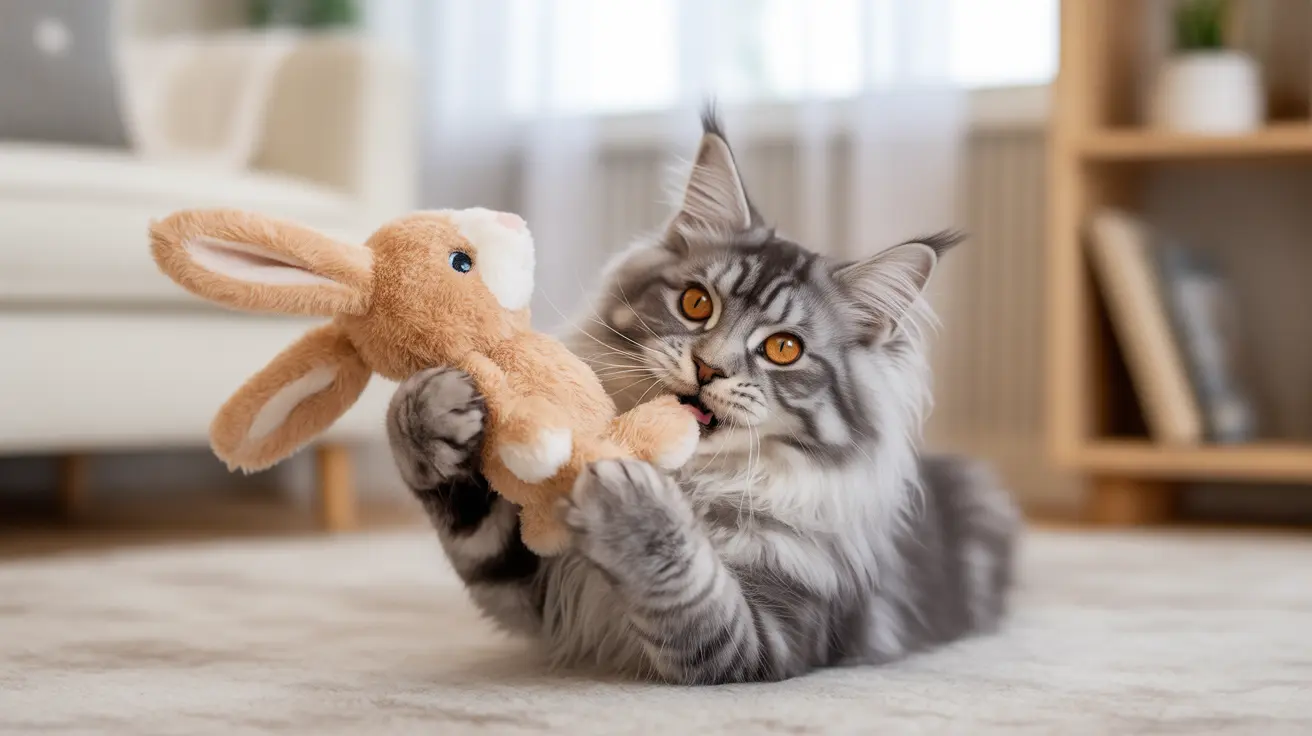Many cat owners are surprised and concerned when their neutered male cats continue to display mating behaviors. While neutering is an effective way to prevent reproduction, it doesn't always immediately or completely stop mounting or humping behaviors. Understanding why this happens and how to address it is crucial for pet owners.
In this comprehensive guide, we'll explore the various reasons behind persistent mating behaviors in neutered cats and provide practical solutions for managing these situations effectively.
Hormonal Factors and Post-Surgery Effects
After neutering surgery, hormones don't disappear instantly from a cat's system. Testosterone can remain active for several weeks or even months post-operation, causing continued mating behaviors during this transition period. This is especially common in cats neutered after reaching sexual maturity.
Some key factors affecting post-neutering behavior include:
- Time of neutering (early vs. late)
- Previous mating experiences
- Individual hormone levels
- Surgical completion and effectiveness
Medical Causes Behind Persistent Mating Behavior
Sometimes, what appears to be mating behavior might actually indicate underlying health issues. Several medical conditions can trigger behaviors that mimic mating attempts:
- Urinary tract infections
- Incomplete neutering
- Retained testicles (cryptorchidism)
- Hormone-producing tissue remnants
Behavioral and Environmental Triggers
Many cases of persistent mounting behavior in neutered cats are actually linked to non-sexual causes. These behaviors often stem from:
- Stress and anxiety
- Territory marking
- Social dominance
- Attention-seeking behavior
- Play and excitement
- Boredom or lack of stimulation
Solutions and Management Strategies
Managing persistent mating behaviors requires a multi-faceted approach:
Environmental Enrichment
- Provide multiple climbing spaces
- Rotate interactive toys regularly
- Create engaging play sessions
- Install window perches for stimulation
Stress Reduction
- Maintain consistent daily routines
- Use calming pheromone products
- Provide adequate personal space
- Ensure resource availability (food, water, litter boxes)
Professional Support
When behavior persists, consider seeking help from:
- Veterinarians for medical evaluation
- Certified animal behaviorists
- Feline behavior specialists
Frequently Asked Questions
Why is my neutered cat still trying to mate or hump objects after surgery?
This behavior can persist due to residual hormones, learned behaviors, or non-sexual reasons like stress or dominance displays. It's particularly common in cats neutered after reaching sexual maturity.
How long can residual hormones cause mating behaviors in a neutered cat?
Residual hormones can influence behavior for several weeks to months after surgery. This varies by individual cat and factors like age at neutering and previous sexual experience.
Can medical issues like urinary tract infections cause my neutered cat to hump or mount?
Yes, urinary tract infections and other medical conditions can cause behaviors that look like mounting. Always consult a veterinarian to rule out health issues if these behaviors suddenly appear.
What behavioral or environmental factors make a neutered cat hump other pets or objects?
Stress, anxiety, territorial marking, social dominance, boredom, and attention-seeking are common non-sexual reasons for humping behavior in neutered cats.
How can I stop my neutered cat from humping without stressing or punishing them?
Focus on positive reinforcement, environmental enrichment, and stress reduction. Provide plenty of play opportunities, maintain consistent routines, and consider using calming aids like pheromone diffusers. Never punish the behavior, as this can increase anxiety.
Conclusion
While it can be concerning to see mating behaviors in a neutered cat, understanding that these actions often stem from non-sexual causes can help owners approach the situation more effectively. By addressing underlying medical, behavioral, and environmental factors, most cases can be successfully managed with patience and appropriate interventions.






